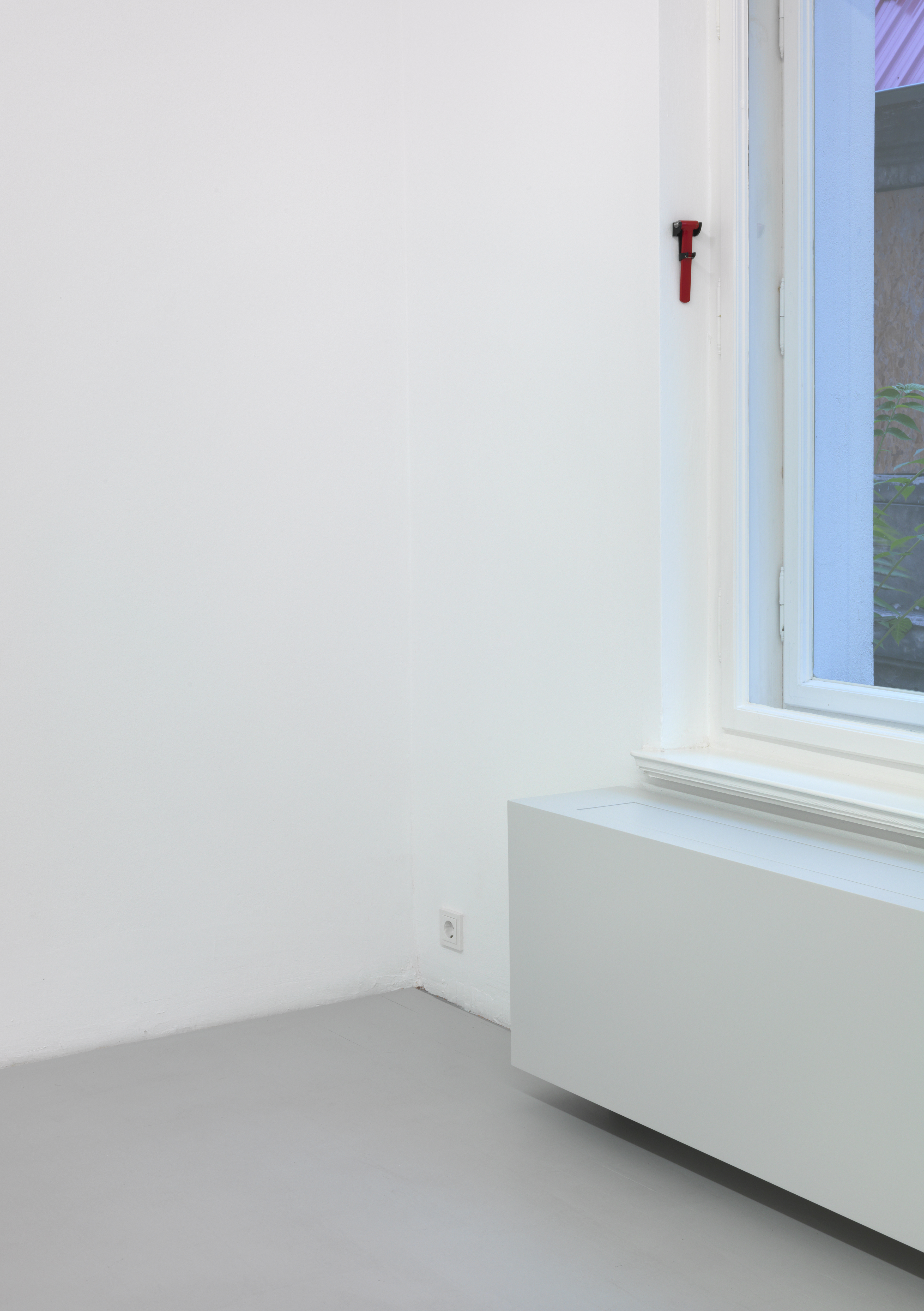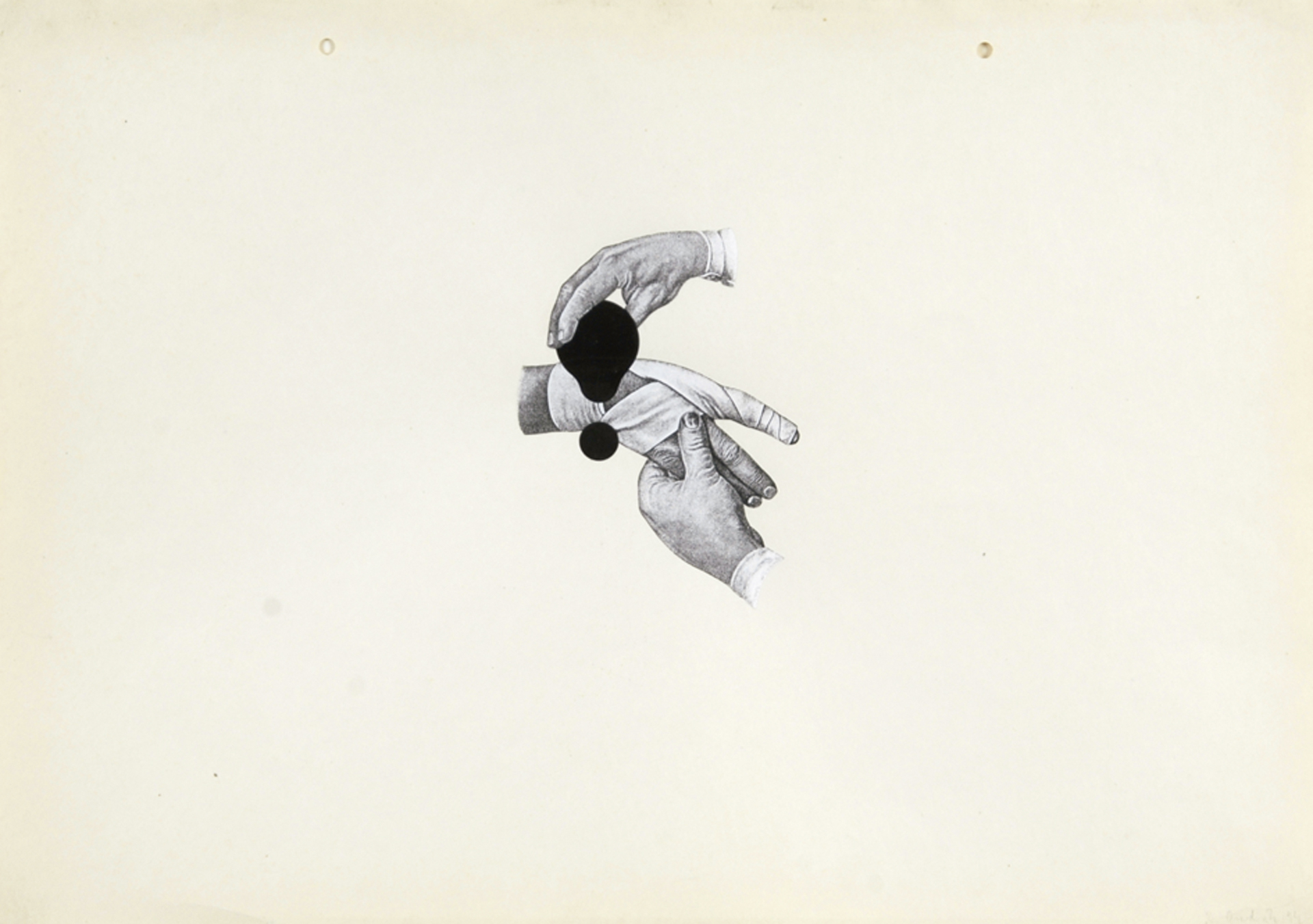Ondák, Roman


Born 1966 in Žilina, Slovakia, lives in Bratislava and Berlin
When we look at art, our attention and perception are greatly amplified. Upon crossing the threshold between outside world and the white cube of the exhibition space, we focus our gaze on the works of art labeled with informational signs. Roman Ondák challenges this ingrained way of looking at art by disabling identifying features. For instance, in his installation Loop for the Czech-Slovak pavilion at the 2009 Venice Biennale, he spanned the boundary between neutral exterior space and exhibition space by placing the same kinds of plants inside the pavilion that could be found in its immediate surroundings. “I want to pull the reality inside,” he said. He also organized the museum attendants among the rooms so that they constantly grew older as one passed through the exhibition. Firstly, he thus emphasized the flow of time and the viewer’s own aging process during the exhibition visit. Secondly, this trick refocuses our attention onto “reality”, thus causing us to notice it with open eyes. This typical approach forms the foundation for Ondák’s art. Upon a second glance, seemingly everyday things can seem questionable, ambiguous, or even absurd. By rearranging and shifting them ever so slightly, he calls our attention to these strange, sometimes poetic details of the world around us. We are all so familiar with the red emergency hammer in buses (although most of us have never used one and probably never will) that we barely register it anymore. But it is a coveted object among adolescents. Perhaps because they are at an age during which the circumstances of life are seen as a threat and they would like to break free from them—with a somewhat aggressive impulse. Ondák relocates these emergency hammers (Untitled, Traffic, 2001) into museums and galleries. Whether identified as art or not, they cause the viewer to think about what in the artistic environment (or from the art itself) could possibly be done to him that he would want to flee through the window by force. Next to their humorous lightness, Ondák’s works also resonate with his critical position towards the rigid attitudes of institutions and economic power structures.
